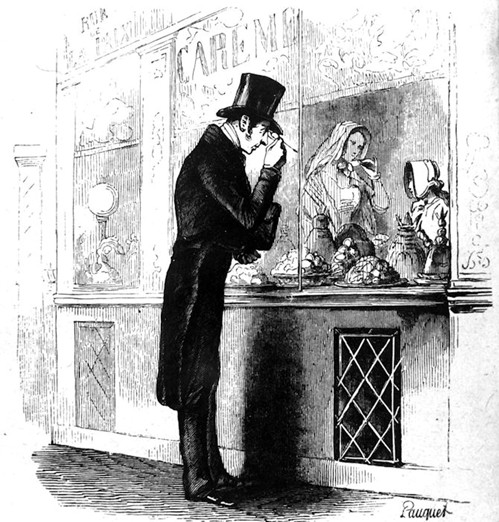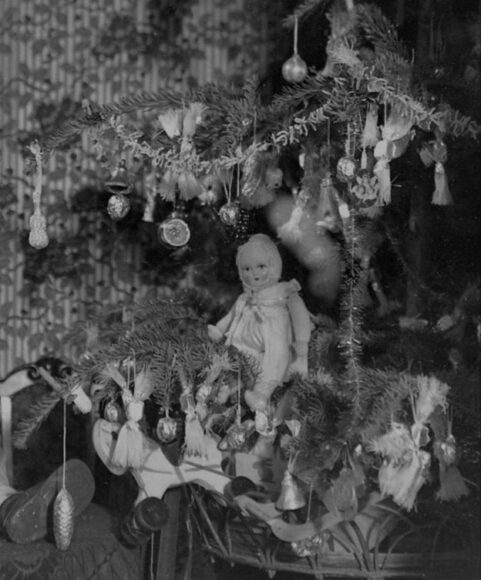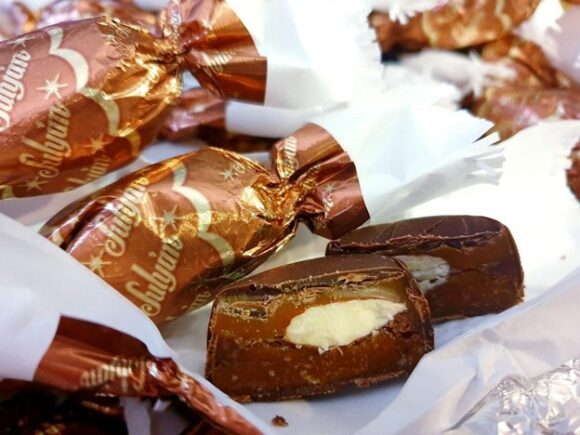According to 2021 statistics, Hungarians munch on roughly 3,500 szaloncukor a year throughout the festive season. But what is this sweet treat exactly that most foreigners have never heard of? Learn about the story of the nation’s beloved Christmas candy, szaloncukor.
Little-known French origin
The tradition of hanging szaloncukor on Christmas trees dates as far back as decorating trees in Hungarian homes during the holidays, around the eve of the 19th century. Although, after such a long time, it should be legitimately considered a Hungaricum, the earliest szaloncukor was actually consumed in France. According to the legend, the first manufacturer of this delicious candy was a French confectioner called Pappilot, who ran a candy store in Lyon. One day, he caught his assistant stealing some chocolate-dipped treat from the counter, which he then wrapped in a love letter and sent as a tiny gift to a young lady he was hopelessly in love with. While threatening to sack his love-struck apprentice, Pappilot was suddenly struck by a marvelous idea. He realized the colorful, wrapped candies would make an excellent addition to the selection of his sweet offerings. And so he launched his now-famous Papillotes de Lyon, which can be considered the predecessors of szaloncukor.

Hungarian aristocrats’ favourite delight
Szaloncukor made it to Hungarian land through German pastry chefs at the dawn of the 19th century, however, it did not shoot to fame immediately. The first written reference to these festive candies was made a few decades later by Hungarian novelist and revolutionary, Mór Jókai who still called it szalonczukkerli after its German equivalence. Following that, the popularity of szaloncukor spread like wildfire among the noblemen of the era who took pride in decorating their homes with this exquisite sweet delight. The name “szalon” is said to originate from the fact that aristocrats would offer szaloncukor as a welcome treat to their arriving guests in their salons. By the end of the century, szaloncukor conquered all levels of society. Housewives, for example, could try out 17 different recipes published in the 1893 cookbook of the famous confectioner, József Hegyesi.

The modern-day szaloncukor
The nation’s beloved Christmas candy went through a rough time during the world wars as most people could not even afford basic necessities, let alone fancy delicacies. During those weathered years, Christmas trees were mainly adorned by dried fruits or honey-flavored cookies. However, people missed the old, familiar flavor, and as the country slowly stood back onto its feet, szaloncukor also reappeared in Hungarian homes. While in more humble households szaloncukor was still made by hand, commercial mass production began to boom in the mid-century. By the ‘80s, confectioneries and supermarkets offered a cavalcade of different flavors wrapped in shiny, festive papers. Today, unofficial data counts more than 150 different flavors, ranging from timeless classics such as fruit jelly and hazelnut to exclusive fillings like chilly paprika or plum pálinka (traditional Hungarian fruit brandy). Whether you live abroad (in which case you can find many online retailers) or in Hungary, treat yourself to a box or two this holiday season to add a little extra festive flair to your Christmas tree.

– Eleonora Jobst –
Main picture: Ötletek-karácsonyra Facebook community


















